The blue drop almost looks alive as it produces thousands of tiny liquid beads skittering away while it slowly shrinks and then disappears. But what causes the droplet’s unexpected movement are changes in surface tension brought about by evaporation – a phenomenon dubbed Marangoni bursting by the French scientists who have observed the effect for the first time in immiscible liquids.
The curious movement of alcohol–water mixtures on solid surfaces was first described by Lord Kelvin’s brother James Thomson in 1855. The ‘tears’ or ‘legs’ seen in wine with a high alcohol content are an example of the Marangoni effect. The alcohol in the wine evaporates faster than the water, causing an imbalance in the mixture’s surface tension and the flow of droplets from liquid on the sides of the glass.
Researchers led by Etienne Reyssat from the ESPCI ParisTech have now spotted the Marangoni effect in a drop of water–isopropyl alcohol mixture dyed blue and placed on a layer of sunflower oil. As the alcohol evaporates at the droplet’s shallow edge, increased surface tension draws liquid from the puddle’s centre, which is ejected as tiny droplets. By adjusting the amount of alcohol in the mixture, the scientists can customise the size of the expelled droplets from a few micrometres to a fraction of a millimetre.
Understanding the phenomenon will give researchers insights into the fate of droplets during processes like spray coating or inkjet printing, Reyssat’s team hopes.
References
L Keiser et al, Phys. Rev. Lett., 2017, 118, 074504 (DOI: 10.1103/PhysRevLett.118.074504)
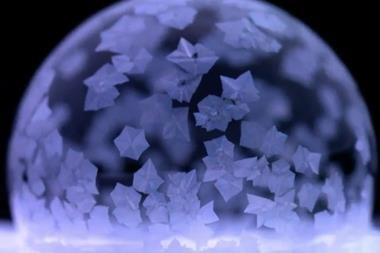
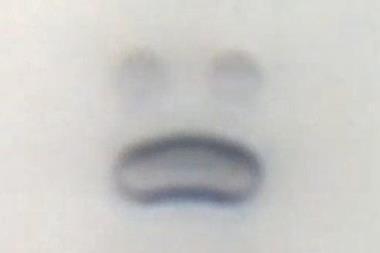
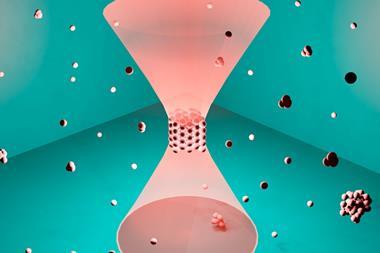
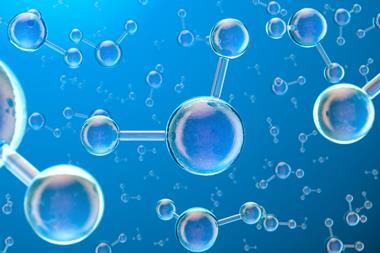






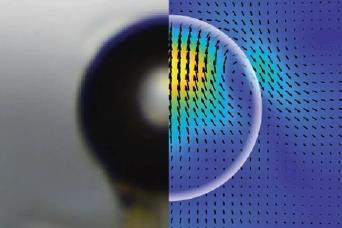
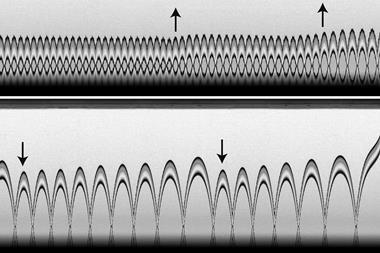






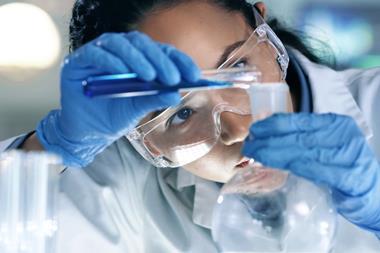





No comments yet